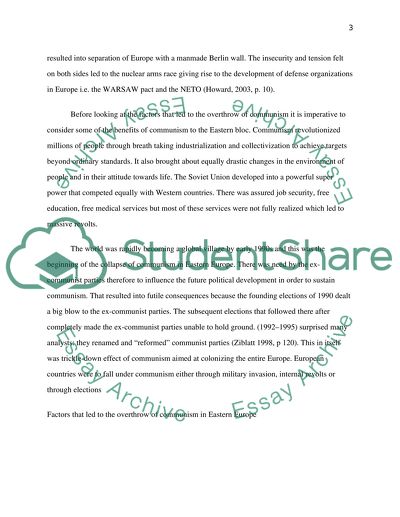Cite this document
(“Factor behind the fall of communism in Eastern Europe Essay”, n.d.)
Retrieved from https://studentshare.org/history/1404229-which-factor-was-most-important-in-the-overthrow
Retrieved from https://studentshare.org/history/1404229-which-factor-was-most-important-in-the-overthrow
(Factor Behind the Fall of Communism in Eastern Europe Essay)
https://studentshare.org/history/1404229-which-factor-was-most-important-in-the-overthrow.
https://studentshare.org/history/1404229-which-factor-was-most-important-in-the-overthrow.
“Factor Behind the Fall of Communism in Eastern Europe Essay”, n.d. https://studentshare.org/history/1404229-which-factor-was-most-important-in-the-overthrow.


